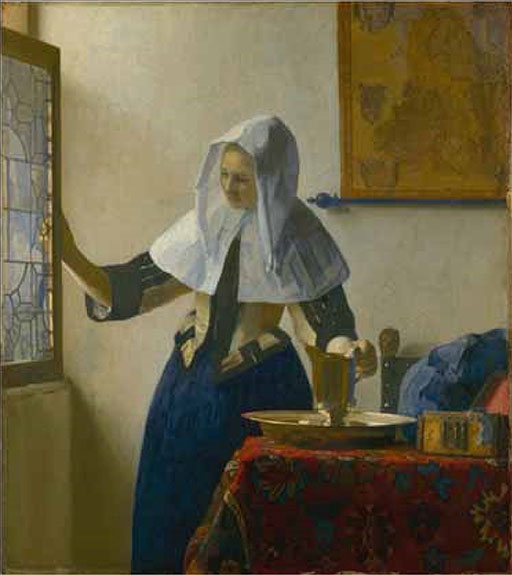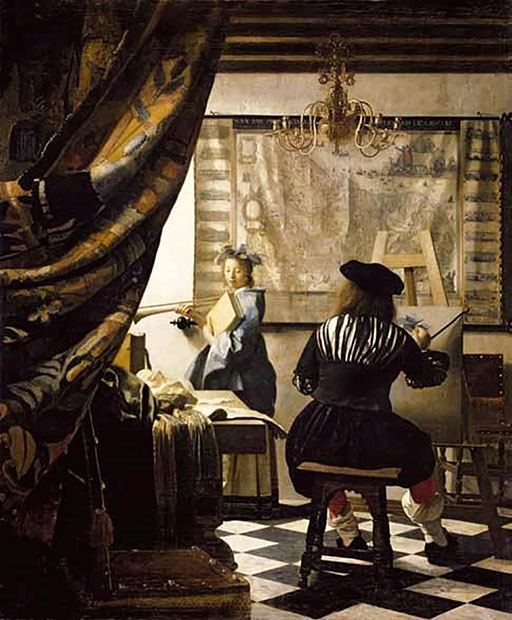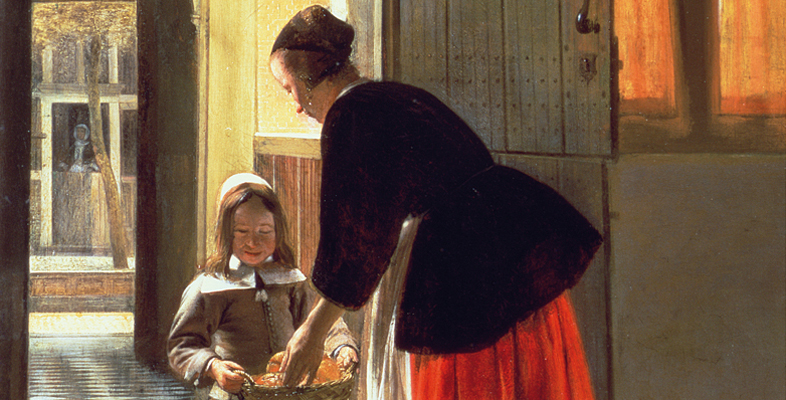8 Realism reconsidered
This course has argued that recent work on Dutch landscape painting reveals some of the limits of the icononological approach and that it redirects our attention once again to those aspects of Dutch art that so intrigued Hegel and Fromentin. An important difference is that scholars now place greater emphasis on the selective and constructed nature of the ‘realist’ dimension of Dutch painting; they seek to identify the ways in which images were used to shape contemporary views rather than simply ‘reflecting’ the social and physical environment. One of the most innovative and challenging approaches to the art of this period is to be found in Svetlana Alpers’s controversial book The Art of Describing: Dutch Art in the Seventeenth Century, in which she seeks to identify a distinctive northern tradition of ‘descriptive’ art that can be distinguished from the predominantly ‘narrative’ art of Renaissance Italy (Alpers, 1983, pp. xx–xxii). Characterising ‘iconicity’ as a ‘pervasive and limiting assumption of the study of art history’, Alpers contends that the search for meanings hidden beneath the surface of Dutch paintings led art historians to overlook ‘the pictorial mode itself – the reality effect – so basic to these pictures’ (Alpers, 1997, p. 57).
By locating what she terms the ‘visual culture’ of the Netherlands in the context of the growth of scientific knowledge and the development of new experimental technology, Alpers explores the idea that the ‘descriptive’ character of Dutch painting is closely tied to the ‘advancement of learning’ and the authority invested in visual as opposed to textual forms of knowledge. Just as technological innovations such as the microscope and the telescope, along with developments in cartography, helped to extend vsual knowledge of the world, painting also functioned as an ‘intermediary’ through which nature could be represented. On this sophisticated account, a concern with the ‘truth’ of images need not commit us to a naive form of realism, for pictorial depiction is identified as just one among many means of ‘representing’ the visual world.


Here we can take as an example Alpers’s analysis of the relationship between pictures and maps, which she investigates under the common heading of ‘the mapping impulse in Dutch art’. She notes that ‘In the study of images, we are used to treating maps as one kind of thing, and pictures as something else.’ (Alpers, 1997, p. 124) ‘ However, in some of Vermeer’s best-known paintings, including Young Woman with a Water Jug (Figure 29) and The Art of Painting (Figure 30), a map is included as a wall-hanging, creating a complex, nested relation between the painted surface and the depicted content. The inclusion of two different modes of representation within one and the same image draws attention to the artifice of depiction while at the same time blurring the boundaries between the pictorial and the cartographic. For Alpers, both are ‘forms of description’ that are ‘engaged in gaining knowledge of the world’ (Alpers, 1997, p. 57). Her aim is not to erase the difference between artworks and forms of representation that are normally categorised as ‘scientific’ but to show that both are rooted in a common endeavour of empirically based visual enquiry.
Alpers places great emphasis on the fact that whereas academic art practice, with its roots in the art of the Italian Renaissance, relied heavily on classical and biblical texts and, in turn, generated a large body of textual commentary and theory, the northern tradition of ‘descriptive’ art did not generate a comparable written discourse. Moreover, since most artworks were produced for the market rather than commissioned, we cannot look to contracts between artists and patrons as a source of information. Alpers uses this to support her claim that Dutch culture was predominantly visual rather than textual. However, the absence of documentary information telling us how works of art were interpreted and understood by contemporary viewers cuts both ways, since it means that there is a lack of reliable evidence to confirm or disconfirm the various competing strategies for explaining seventeenth-century Dutch painting.
